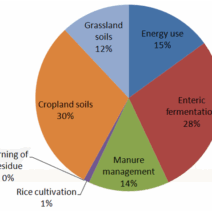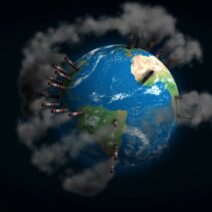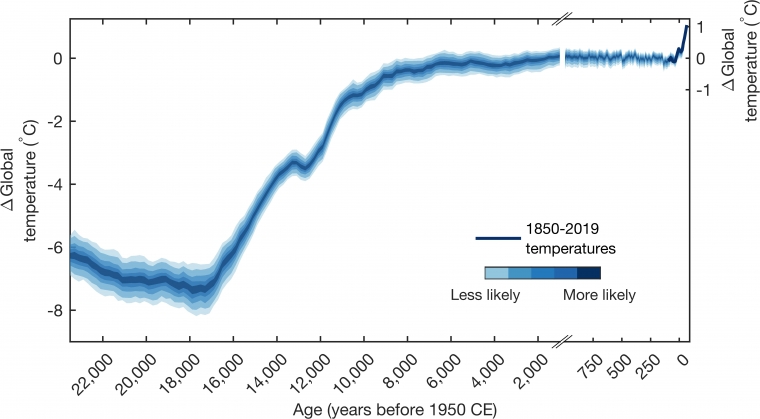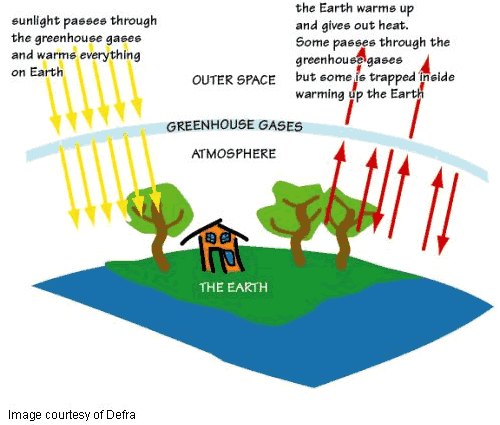Global warming has emerged as a pressing issue with profound implications for biological ecosystems, human societies, and the intricate web of life on Earth. The planet’s climate has undergone a remarkable transformation over recent millennia, particularly punctuated by the dramatic ascent of temperatures in the past century. To grasp the magnitude of these changes, it is essential to delve into the nuances of global warming and its pervasive effects on our world.
To begin with, we must acknowledge the undeniable fact that Earth’s climate is inextricably linked to its temperature. Historical data spanning tens of thousands of years reveals that global temperatures have oscillated between warm and cold periods due to natural climatic cycles. However, the innate rhythm of these cycles has been drastically disrupted since the advent of industrialization. Human activity, particularly the combustion of fossil fuels, has injected unprecedented levels of greenhouse gases into the atmosphere, raising global temperatures at an alarming rate.
The implications of this warming are far-reaching. One glaring observation is the retreat of glaciers and polar ice caps. Once majestic reservoirs of freshwater, these glaciers are receding at an alarming pace, leading to rising sea levels that threaten coastal communities worldwide. The Arctic region serves as a poignant example; the diminishing ice cover disrupts not only local ecosystems but also global weather patterns, creating a ripple effect that can lead to extreme weather events in previously stable regions.
In addition to the loss of ice, warming temperatures have catalyzed shifts in biodiversity. Many species find themselves unable to adapt to the rapid changes of their habitats, leading to an alarming increase in extinction rates. Ecosystems that once flourished are now characterized by instability, as certain species, particularly those with limited ranges, face extinction while invasive species flourish in the newly conducive conditions. Coral reefs, among the most biodiverse ecosystems on the planet, are particularly vulnerable. Ocean warming and increased acidification threaten these underwater cities, wreaking havoc on marine life and local economies reliant on tourism and fishing.
Furthermore, global warming has led to altered precipitation patterns, which have serious implications for agriculture and water resources. Regions once thought to be ideal for growing specific crops are now becoming less productive or entirely unviable. Conversely, other areas are experiencing unprecedented agricultural booms due to warmer temperatures and altered rainfall. This duality not only creates challenges for food security but also exacerbates socio-economic disparities as developing nations often lack the resources to adapt.
Inland, we witness a different but equally alarming facet of climate change: increased instances of drought and flooding. A warmer atmosphere holds more moisture, which can lead to extreme rainfall events, while simultaneously extending dry spells in other regions. This duality, caused by climate change, inflicts pain on communities, complicating access to clean water and food, thereby heightening conflicts over scarce resources. It becomes imperative to note that vulnerable populations, especially in poorer regions, bear the brunt of these crises. This inequitable distribution of climate effects underscores a critical need for global dialogue and cooperation.
Moreover, the influence of global warming extends to human health. Elevated temperatures have been linked to an increase in heat-related illnesses and deaths, alongside the proliferation of vector-borne diseases such as malaria and dengue fever. As ecosystems shift, so too do the ranges of many disease vectors, thereby exposing new populations to health threats that were once confined to specific geographical areas. The interconnectedness of our world means that no one is immune from the health repercussions of climate change.
Adapting to these changes demands a multifaceted approach. Mitigation and adaptation strategies must be embraced globally. Renewable energy sources such as wind, solar, and hydroelectric power offer pathways to reduce our reliance on fossil fuels. Moreover, enhancing energy efficiency in buildings and industries can significantly cut down greenhouse gas emissions. Each individual’s contribution matters; collective action amplifies impact, lending credence to the idea that grassroots movements can effectuate substantial change.
Furthermore, preserving and restoring natural ecosystems may prove critical in our battle against climate change. Forests act as carbon sinks, absorbing vast quantities of CO2 from the atmosphere. Their protection is not merely an environmental necessity but a boon to biodiversity and human health alike. Restoration projects targeting wetlands and mangroves also exemplify effective strategies that provide resilience against rising sea levels and storm surges while fostering rich wildlife habitats.
As we gaze toward the horizon, the specter of global warming looms large. It represents both a challenge and an opportunity. The challenge lies in recognizing the acute and immediate repercussions of our past choices. However, within this challenge resides the opportunity for innovation, collaboration, and enlightenment. The urgency for action is palpable; our warming world demands that we redefine our relationship with nature.
In conclusion, global warming has undeniably reshaped the Earth in numerous observable and intangible ways. As we navigate these tumultuous waters, it’s imperative to remain vigilant and united in our mission to reverse the course of climate change. The future will be determined by the choices we make today, emphasizing the necessity of an informed and proactive approach to preserve our planet for generations to come. It may well be that this environmental crisis galvanizes humanity toward a more sustainable coexistence with our planet, fostering a legacy worthy of future inhabitants.








